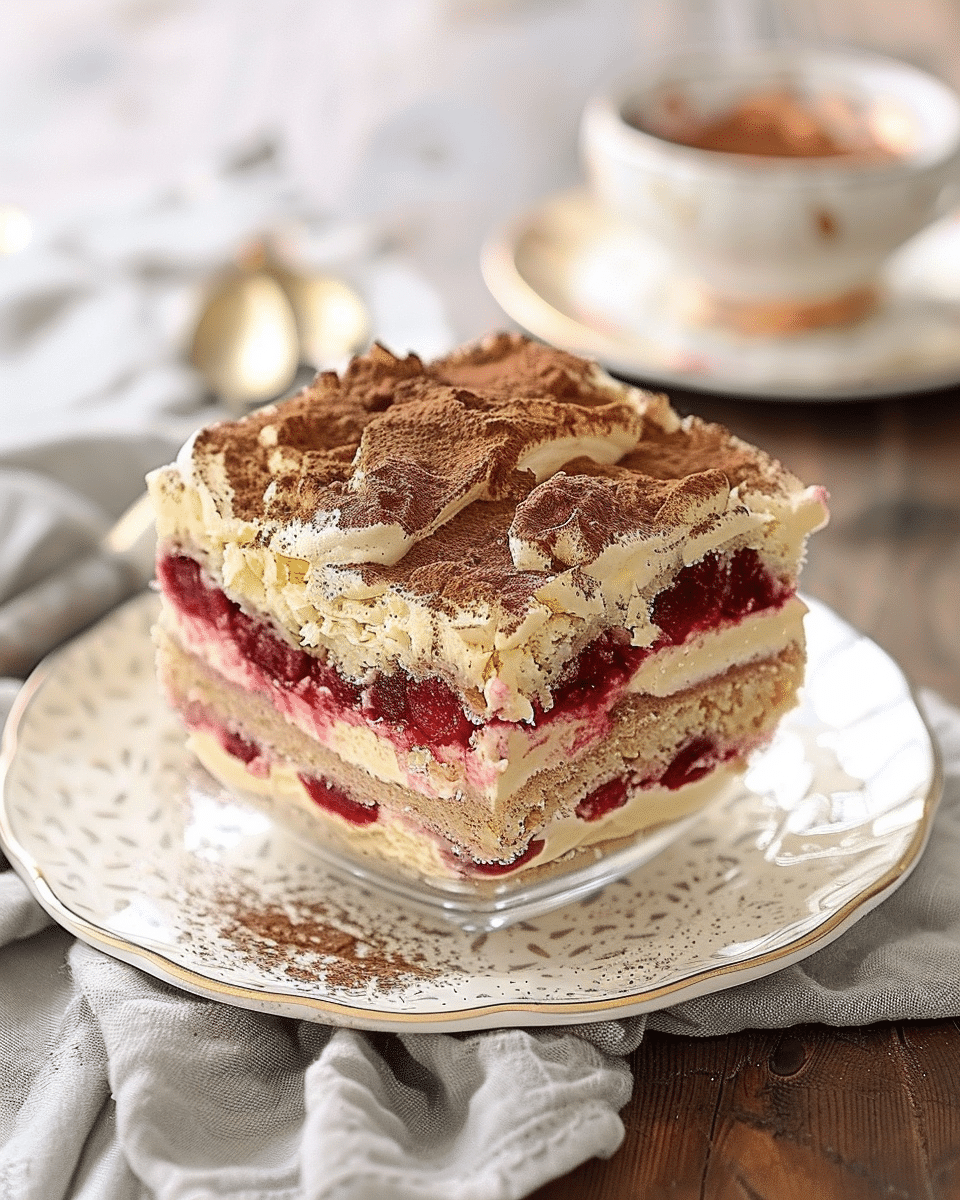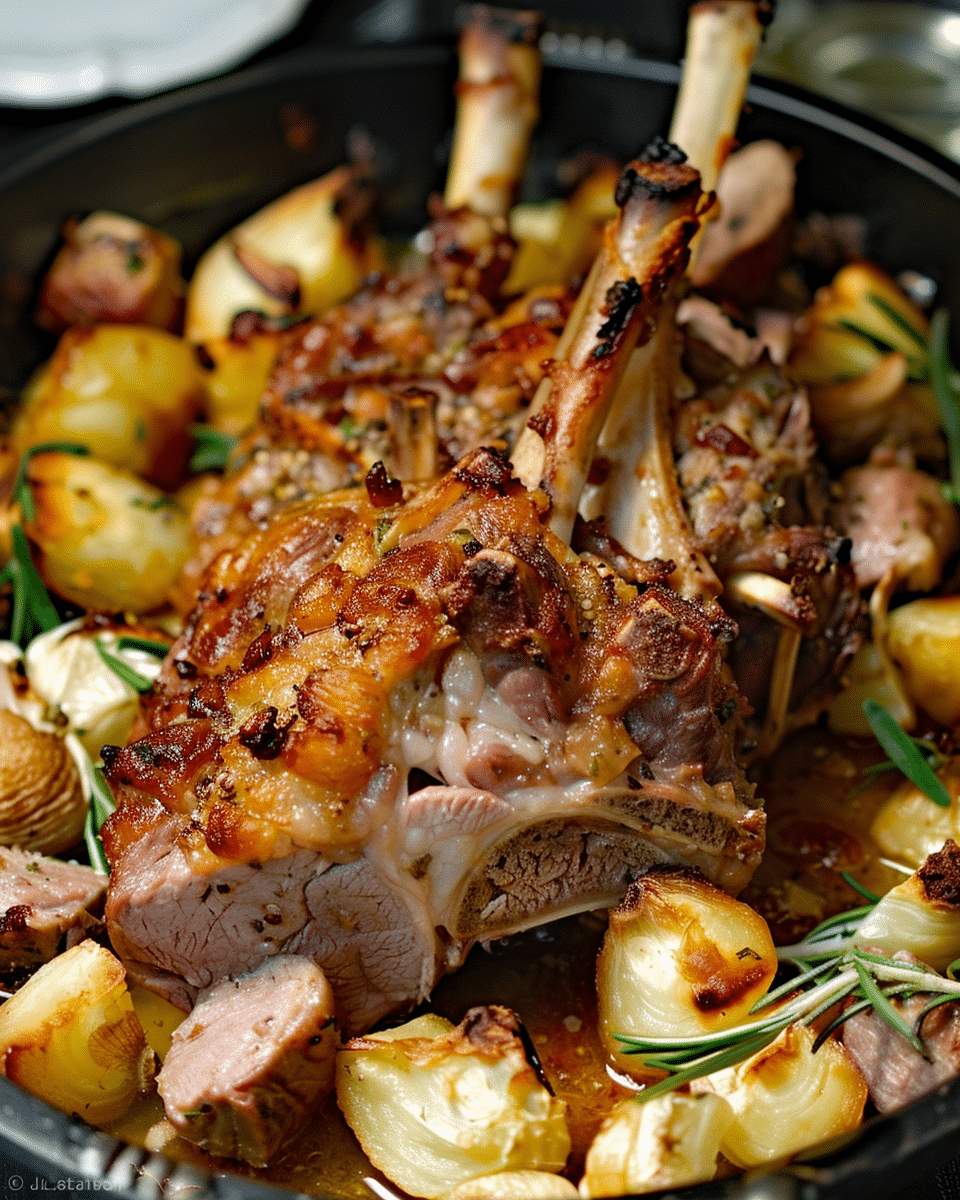Cheesecake, a delightful dessert cherished globally, often leaves us pondering one crucial question: How long can cheesecake sit out? This comprehensive guide aims to answer this and delve deeper into the intricacies of cheesecake preservation.
Before diving into preservation, it’s essential to understand what goes into a cheesecake. Understanding cakes can give you a broader perspective on the ingredients and their roles in the dessert’s longevity.
How Long Can Cheesecake Sit Out?
Cheesecake, with its creamy texture and rich flavor, is a treat for the senses. But when it comes to its shelf life outside the refrigerator, several factors come into play.
– Factors Influencing Cheesecake’s Shelf Life
- Ingredients Used: Cheesecakes made with perishable ingredients like cream cheese, eggs, and sour cream have a shorter shelf life compared to those made with non-perishable ingredients.
- Storage Conditions: Proper refrigeration is essential for cheesecakes. Keeping it in an airtight container in the refrigerator can extend its shelf life. Freezing can further prolong its life, but it may affect the texture and flavor.
- Presence of Preservatives: Commercially produced cheesecakes might contain preservatives that can extend their shelf life compared to homemade versions without preservatives.
- Type of Cheesecake: Baked cheesecakes generally have a longer shelf life than no-bake cheesecakes due to the cooking process, which can kill off some bacteria.
- Exposure to Air: Oxygen can cause the cheesecake to become stale and develop off-flavors. Using an airtight container can help prevent this.
- Humidity and Temperature: High humidity can make the cheesecake soggy, while fluctuating temperatures can cause it to spoil faster.
- Presence of Toppings: Fresh fruit toppings can reduce the shelf life of a cheesecake due to their moisture content and potential for microbial growth.
It’s always best to check for signs of spoilage, such as an off-smell, mold, or a change in texture, before consuming cheesecake that has been stored for an extended period. When in doubt, it’s safer to discard it.
– Signs of a Spoiled Cheesecake
- Unpleasant Odor: A spoiled cheesecake will often have a sour or moldy smell. Fresh cheesecake should have a creamy and slightly sweet aroma.
- Mold Growth: Visible mold on the surface or edges of the cheesecake is a clear sign that it has gone bad. Mold can appear in various colors, including white, green, blue, or black.
- Discoloration: Any discoloration or dark spots on the cheesecake can indicate spoilage. A fresh cheesecake should have a consistent color throughout.
- Altered Texture: If the cheesecake feels slimy, overly soft, or has a watery consistency, it may be spoiled. A fresh cheesecake should have a smooth and creamy texture.
- Off Taste: If the cheesecake tastes sour, bitter, or different from how it should, it’s best to discard it.
- Expired Use-by Date: Always check the expiration or use-by date on the packaging. If the cheesecake is past its date, it’s best to be cautious and avoid consumption.
- Separation: If the ingredients in the cheesecake have separated, leaving a watery layer, it’s a sign that the cheesecake is no longer fresh.
- Storage Conditions: If the cheesecake has been left out at room temperature for an extended period, especially in a warm environment, it’s more likely to spoil quickly.
It’s always best to trust your senses. If something seems off about the cheesecake, whether it’s the smell, appearance, or taste, it’s better to err on the side of caution and not consume it.
Understanding Cheesecake Composition
Cheesecake is more than just a delightful dessert; it’s a harmonious blend of ingredients, each playing a pivotal role in its taste, texture, and shelf life. To truly appreciate the art of cheesecake-making and understand its longevity outside the refrigerator, one must delve into its composition.
Ingredients and Their Role
- Cream Cheese: The primary ingredient, cream cheese, gives the cheesecake its rich and creamy texture. It’s the foundation upon which other ingredients build.
- Sugar: Apart from sweetening the cheesecake, sugar also acts as a preservative, albeit to a limited extent. It helps in achieving the smooth texture that cheesecake enthusiasts love.
- Eggs: Eggs act as a binding agent, holding all the ingredients together. They contribute to the cake’s structure and its creamy consistency.
- Sour Cream: Some cheesecake recipes incorporate sour cream for added creaminess and a slight tangy flavor. It also helps in achieving a velvety texture.
- Crust: Typically made from crushed graham crackers, butter, and sugar, the crust provides a contrasting texture to the creamy filling and adds a touch of sweetness.
The Science Behind Cheesecake Preservation
The composition of cheesecake makes it a perishable item. Its high moisture content, combined with dairy ingredients, makes it susceptible to bacterial growth, especially when left unrefrigerated. The dense texture of cheesecake means that it retains moisture, which can be a breeding ground for bacteria if not stored correctly.
Furthermore, the balance of acidity, moisture, and sugar in a cheesecake can influence its shelf life. For instance, a cheesecake with a higher sugar content might have a slightly longer shelf life due to sugar’s preservative properties. However, this doesn’t mean one can be complacent about its storage.
In essence, understanding the composition of cheesecake is crucial not just for its preparation but also for its safe consumption. Whether you’re a home baker or someone who simply loves indulging in this creamy delight, knowing what goes into your cheesecake and why can enhance your overall experience.
Temperature and Cheesecake
Temperature plays a crucial role in the process of making and setting a cheesecake. Here’s a brief overview of the relationship between temperature and cheesecake:
- Mixing Ingredients: Ingredients like cream cheese should be at room temperature before mixing. This ensures a smoother texture and prevents lumps in the batter.
- Baking: Cheesecakes are typically baked at a moderate temperature, often between 325°F (163°C) and 350°F (177°C). This allows the cake to cook evenly without over-browning the top or overcooking the edges.
- Water Bath: Many cheesecake recipes recommend baking in a water bath. This method involves placing the cheesecake pan in a larger pan filled with hot water. The water bath provides a moist environment in the oven, which helps prevent the cheesecake from cracking and ensures even cooking.
- Cooling: After baking, it’s essential to let the cheesecake cool gradually. Many bakers recommend turning off the oven and leaving the cheesecake inside with the door slightly ajar for an hour. This gradual cooling helps prevent cracks from forming.
- Refrigeration: Once cooled, cheesecakes need to be refrigerated for several hours, preferably overnight. This allows the cheesecake to set and firm up, making it easier to slice and enhancing its texture and flavor.
- Serving: Cheesecake tastes best when served slightly chilled. However, it shouldn’t be too cold, as this can mask its flavors. Taking the cheesecake out of the refrigerator about 20-30 minutes before serving can help achieve the perfect temperature.
In summary, temperature is a key factor at every stage of making a cheesecake, from mixing the ingredients to serving the final product. Proper attention to temperature ensures a delicious, smooth, and crack-free cheesecake.
Safety Precautions for Storing Cheesecake
Apart from freezing, there are other methods to store cheesecakes effectively. Proper storage ensures that the cheesecake remains fresh and delicious for longer. For more insights on this, visit our guide on storing cheesecake. Additionally, understanding the safe storage guidelines for various foods can provide a broader perspective on food .

Cheesecake, like many other perishable foods, requires specific storage precautions to ensure its safety and prevent foodborne illnesses. Here are the key guidelines based on the information from FoodSafety.gov:
- Refrigerated Cheesecake:
- If your refrigerator loses power, it will keep food safe for up to 4 hours, provided the door remains closed as much as possible.
- Cheesecake stored in the refrigerator should be discarded if held above 40°F (4°C) for more than 2 hours.
- Frozen Cheesecake:
- A full freezer will maintain a safe temperature for approximately 48 hours (or 24 hours if it’s half full) as long as the door remains closed.
- Cheesecake in the freezer can be safely refrozen if it still contains ice crystals or is at 40°F (4°C) or below. However, if the cheesecake has thawed and been held above 40°F (4°C) for more than 2 hours, it should be discarded.
- General Precautions:
- Never taste food to determine its safety.
- When in doubt about the safety of any food, including cheesecake, the best rule of thumb is: “When in Doubt, Throw it Out!”
It’s essential to be cautious and prioritize safety, especially when dealing with perishable foods. Always monitor storage temperatures and conditions to ensure the safety and quality of your cheesecake.
Effects of Ingredients on Shelf Life
The longevity of a cheesecake, or any food for that matter, is significantly influenced by its ingredients. Each component of a cheesecake plays a role in determining how long it can remain fresh and safe to eat. Let’s delve into the effects of various cheesecake ingredients on its shelf life.
Role of Sugar and Dairy
- Sugar: While sugar is primarily used to sweeten the cheesecake, it also has preservative qualities. Sugar binds to water molecules, making them unavailable for bacterial growth. This property can extend the shelf life of many desserts, including cheesecake. However, this doesn’t mean that sugar alone can preserve cheesecake for extended periods, especially when other perishable ingredients are involved.
- Dairy: Dairy products, such as cream cheese and sour cream, are the heart and soul of a cheesecake. However, they are also the primary reason cheesecakes are highly perishable. Dairy products can spoil quickly, especially when exposed to warm temperatures, making it essential to store cheesecakes in a cool environment.
Eggs
Eggs, another primary ingredient in cheesecakes, are perishable. They provide structure and richness to the cheesecake but can also be a medium for bacterial growth if the cheesecake is not stored properly.
Preservatives in Commercial Cheesecakes
- Commercial Additives: Store-bought cheesecakes often have a longer shelf life than homemade ones. This is primarily due to the inclusion of preservatives or stabilizers. For those curious about the safety and usage of such additives, the FDA’s guide on food additives provides valuable insights. Specifically, ingredients like potassium sorbate or calcium propionate are found in some commercial cheesecakes to inhibit mold and bacterial growth, ensuring extended freshness and reduced spoilage.
- Modified Atmosphere Packaging: Some commercial cheesecakes are packaged in a modified atmosphere, where the levels of oxygen, carbon dioxide, and nitrogen are adjusted to slow down bacterial growth and oxidation, thereby extending shelf life.
Crust Ingredients
The crust, usually made from graham crackers, butter, and sometimes sugar, doesn’t significantly impact the overall shelf life of the cheesecake. However, if the crust contains nuts or other perishable items, it might affect the freshness of the entire dessert.
FAQs
Can I freeze cheesecake?
Absolutely! Freezing is an excellent way to preserve the freshness and flavor of cheesecake for longer periods. Before freezing, ensure the cheesecake has completely cooled. Wrap it securely in plastic wrap or aluminum foil, and then place it in an airtight container or a freezer-safe bag to prevent freezer burn. When you’re ready to enjoy it, allow the cheesecake to thaw in the refrigerator for several hours or overnight for the best texture and flavor.
How do you know when cheesecake is done?
Determining when a cheesecake is done can be a bit tricky, but there are a few signs to look for:
- Slight Jiggle: The center of the cheesecake should have a slight jiggle, similar to set gelatin, when you gently shake the pan. The edges should appear set and might be lightly golden.
- Clean Knife Test: Insert a knife or a skewer about an inch from the edge. If it comes out clean, the cheesecake is done. Remember, the center will continue to cook a bit from residual heat even after you take it out of the oven.
- Internal Temperature: Using a cooking thermometer, the internal temperature of the cheesecake should read around 150°F to 155°F when it’s done.
Can you leave cheesecake out overnight?
It’s not advisable to leave cheesecake out overnight. Cheesecake contains dairy products, which can spoil quickly when exposed to room temperature for extended periods. To ensure safety and maintain its quality, always refrigerate cheesecake if you plan to consume it later.
How long does a homemade cheesecake last?
A homemade cheesecake, when stored properly in the refrigerator, can last up to 5-7 days. Ensure it’s kept in an airtight container to maintain its freshness. If you’ve added fresh fruit toppings or sauces, it might reduce the shelf life slightly. For longer storage, consider freezing the cheesecake.
Should cheesecake be served at room temperature?
For the best flavor and texture, it’s recommended to serve cheesecake at room temperature. Before serving, take the cheesecake out of the refrigerator and let it sit for about 20-30 minutes. This allows the flavors to meld and the texture to soften slightly, providing a creamier and more enjoyable eating experience.
Conclusion
Cheesecake, a universally adored dessert, is a symphony of ingredients that come together to create a delightful culinary experience. However, like all good things, it has its limitations, especially when it comes to shelf life. The ingredients, while contributing to its rich flavor and creamy texture, also dictate how long it can remain fresh and safe for consumption. Whether it’s the preservative properties of sugar or the perishable nature of dairy, each component plays a role in determining the cheesecake’s longevity. As enthusiasts or home bakers, understanding these intricacies not only enhances our appreciation for this dessert but also ensures that we savor it at its best. In essence, the joy of indulging in a slice of cheesecake is unparalleled, and with the right knowledge, we can ensure that every bite is as safe as it is delicious. For those interested in other dessert varieties, exploring the world of Churro Cheesecake can be an exciting journey.









